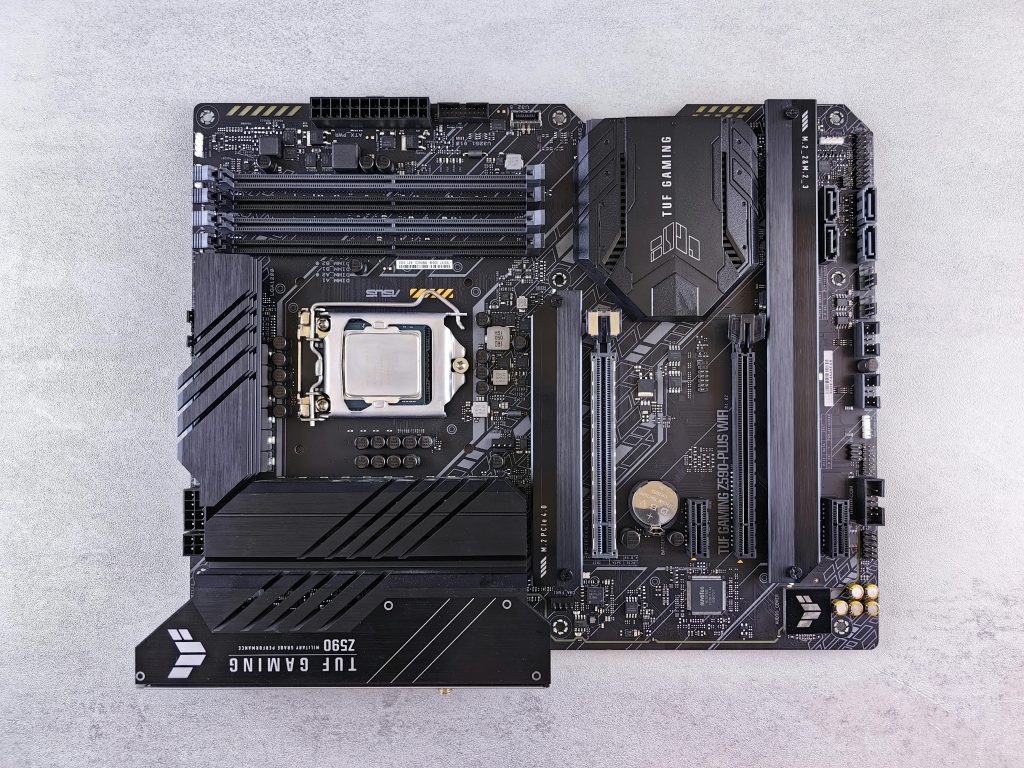Understanding the Difference Between Stuck Pixels and Dead Pixels
When it comes to display issues, two common problems that users encounter are stuck pixels and dead pixels. If you’re experiencing an issue that seems to fit either of these categories, you may be feeling frustrated and unsure of how to address it.
Recently, I encountered a particularly vexing situation with a pixel on my screen. Despite attempting various solutions, such as using stuck pixel fix videos and the JScreenFix tool, I saw no improvement. However, a breakthrough occurred when I changed the display color to red: that particular pixel seemed to disappear entirely.
This led me to wonder whether I was dealing with a dead pixel or something else entirely. To clarify, a stuck pixel is one that displays the same color persistently, while a dead pixel remains black and does not light up at all. Switching to a solid color can often help determine the issue—if the pixel responds and changes color, it’s more likely to be stuck. Conversely, if it stays dark, it’s likely dead.
While there are various methods to attempt a fix, including software tools and pixel-fixing videos, results are not guaranteed. In my case, the test confirmed my suspicion: it appeared to be a dead pixel. Although this can be disappointing, understanding the nature of the problem is the first step in deciding how to proceed. You may need to consider options for replacement or repair, especially if the display is under warranty.
Whether you’re dealing with a stuck or a dead pixel, knowing the difference can help you make informed decisions on how to remedy the situation. Have you had similar experiences? Share your thoughts and solutions in the comments below!
Share this content:




Hi there,
Thank you for sharing your experience. Based on your description and the color test you performed, it sounds like you are dealing with a dead pixel. Dead pixels typically remain black and do not respond to changes in display color or other fix attempts. Unfortunately, once identified as a dead pixel, it is usually not fixable through software or pixel-fixing tools.
In cases like this, if the pixel is on a warranty-covered device, I recommend contacting the manufacturer or authorized service center for possible repair or replacement options. Some manufacturers may offer pixel repair programs if the number of dead pixels exceeds a certain threshold.
Additionally, try to avoid applying unnecessary pressure to the screen, as this can sometimes worsen the issue or cause additional damage. If you wish to monitor the issue, keep an eye on whether the dead pixel causes further problems with the display over time.
Feel free to share more details or ask further questions—help is here to assist you with display concerns!